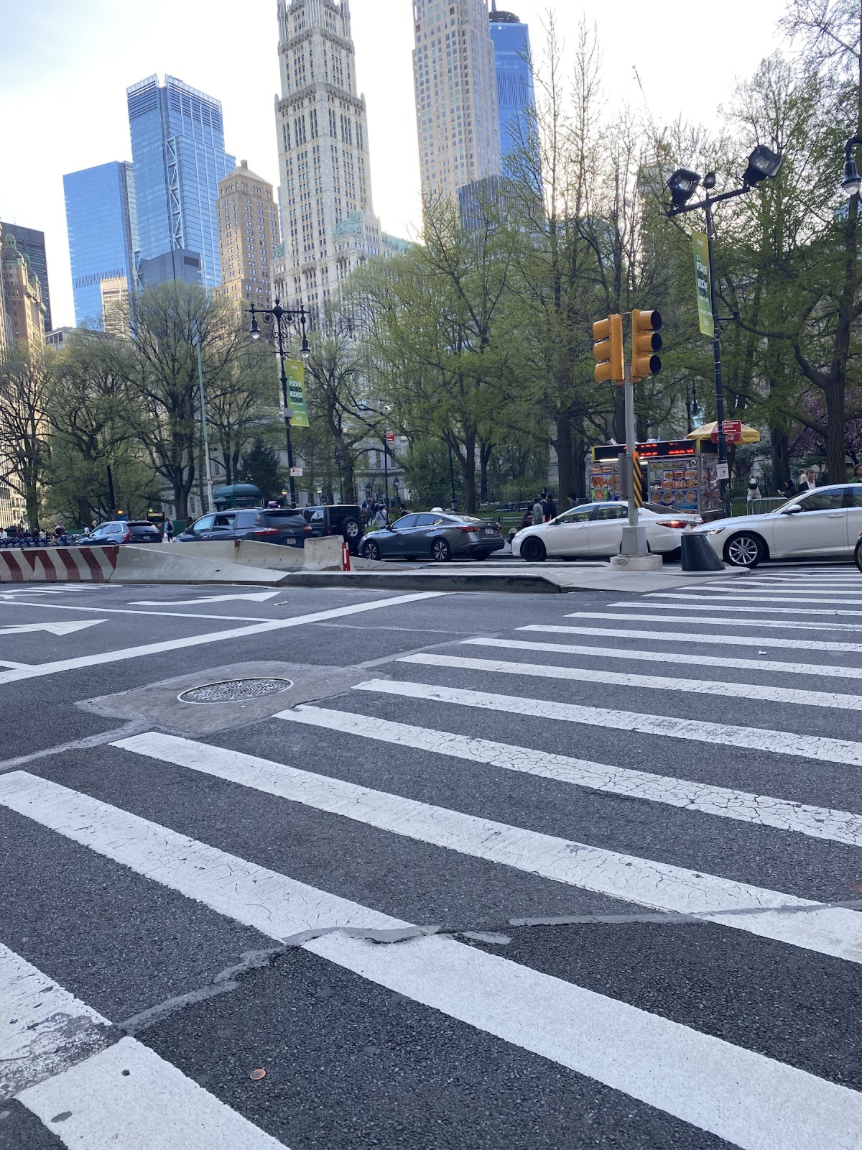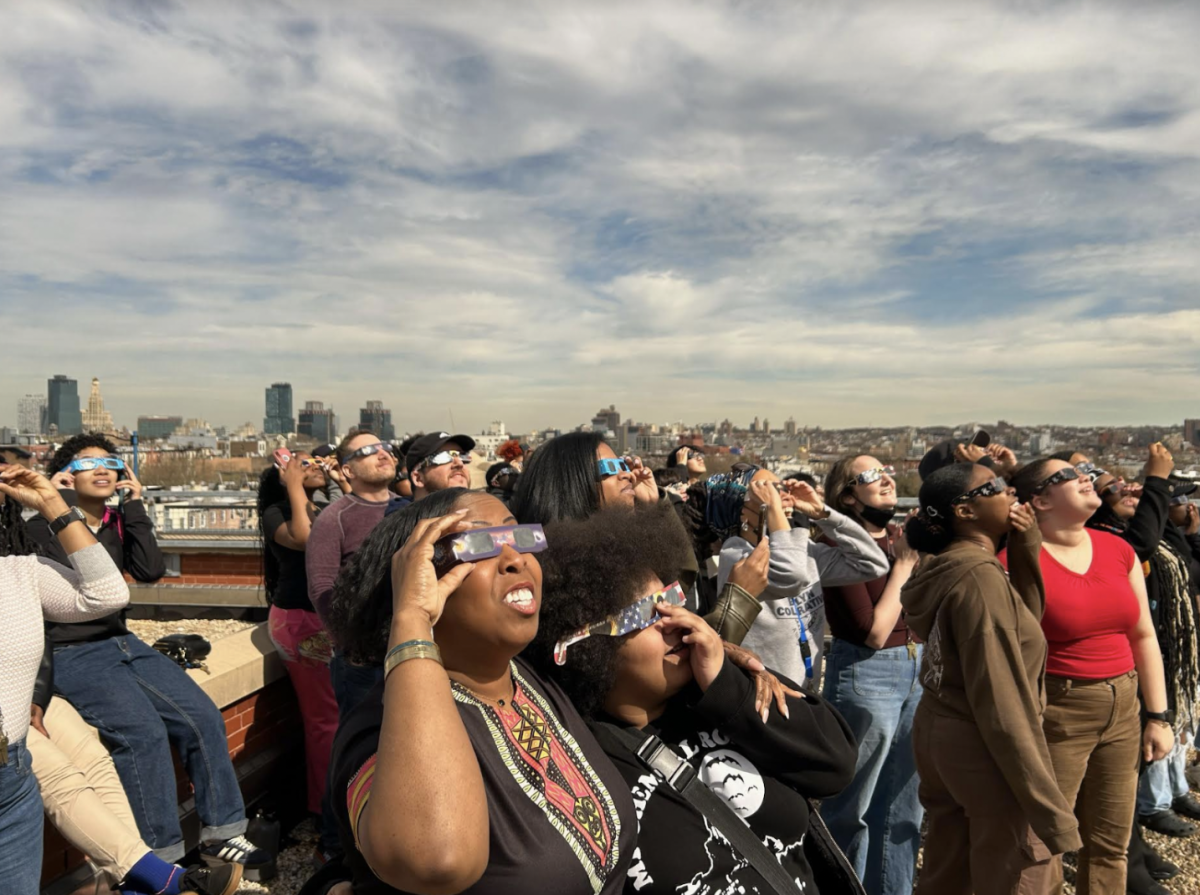When you walk through the halls of BCS, it’s not hard to notice that some of the students are on their phones. But have you ever stopped to wonder why? The simple answer: dopamine. You’ve probably heard of it before, but what is it really? Dopamine is the reward chemical in our brains. You feel it when you go for a walk, read a book, or finish that assignment you’ve been procrastinating on. Simple, right? Not exactly. Things like video games and social media have been designed to release much higher levels of dopamine than reading or going on a walk ever could. When you scroll through TikTok, the videos are short, sweet, and have been filtered through algorithms to keep you as amused as possible. Naturally, of course, people will return to the thing that makes them feel happier. But how do our phones affect us when we’re not even in the same room as them? Dopamine baselines.
Your dopamine baseline is the amount of dopamine your body is used to. If you only go for walks and read books, the dopamine kick you get from that is enough to make you happy and boost your mood. If you’re used to playing video games and feeling that rush of dopamine each time you win in a PVP or level up, that would boost your mood as much as reading a book would boost the mood of someone who was used to low-dopamine activities. Seemingly, there’s no issue with that. People use their phones, play their video games- as long as they can put them down, right? Not quite. These adjusted dopamine levels don’t just affect us when we’re doing these high- dopamine activities, they affect us all the time.
If you’re used to a high dopamine kick from watching @khaby.lame wordlessly explain that you can just peel a banana instead of cutting it, Do you really think it’s going to be all that enjoyable reading the “Odyssey?” Yeah, neither did I. If we’re constantly exposed to platforms like TikTok and Instagram, we adjust to the intense dopamine rush and find minimal pleasure in things like going for a jog or writing the last paragraph for an essay over winter break. We even find less pleasure when we’re not doing, well, anything. That’s the challenge of technology. But it’s not irreversible. Go for a walk. Ride a bike. Read a book. Go for a road trip. Go apple picking. Do that crochet project you always wanted to try. The world is your oyster, so have fun re-entering it.




